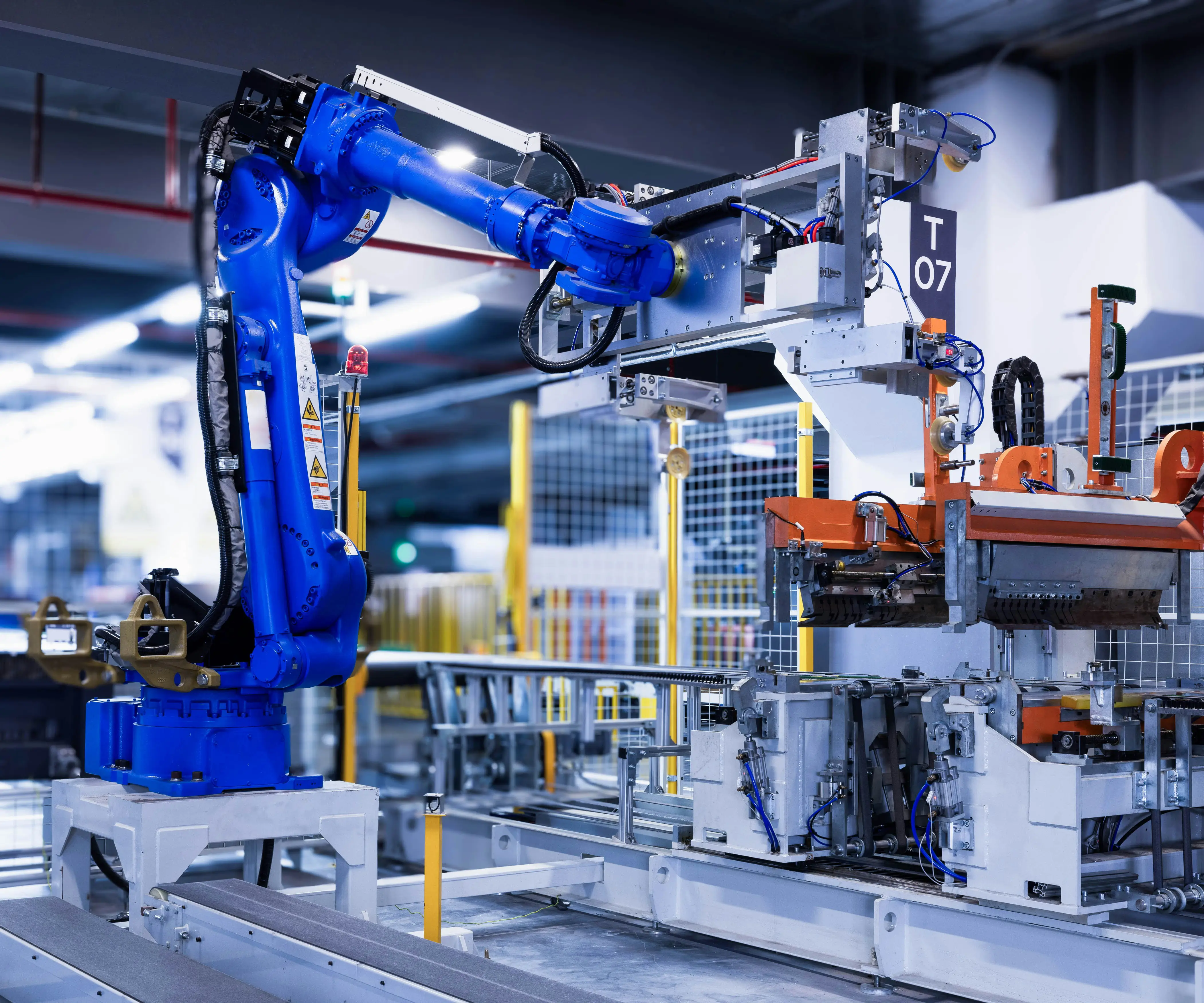Understanding the Basics of Servo Motors and Arduino
Introduction: The Spark of Ingenuity Imagine a tiny brain that can precisely control movement—welcome to the world of servo motors. These compact yet powerful components are fundamental in creating responsive robots, automation systems, and even artistic installations. Combining a servo motor with an Arduino microcontroller opens up a universe of possibilities, transforming your ideas into reality.

What Is a Servo Motor? A servo motor is a type of adjustable motor equipped with a feedback sensor—typically a potentiometer—that allows it to know its current position. Unlike simple DC motors, which just spin, servo motors can rotate to and hold specific angles, making them ideal for tasks requiring precision.
In terms of mechanics, most servo motors rotate within a limited range—commonly 0 to 180 degrees—but some can go beyond that, depending on their design. They are relatively small, easy to control, and come in various torque ratings, allowing you to find one suitable for your project.
Types of Servo Motors There are mostly two types you’ll encounter:
Standard (Positional) Servos: Used in hobbyist robotics; suitable for precise angle control. Continuous Rotation Servos: These act more like motors, capable of spinning indefinitely, often used in wheel drives.
Why Use Arduino with a Servo? Arduino platforms are renowned for their flexibility, affordability, and vast community support. When paired with a servo motor, Arduino can execute complex sequences—like moving robotic arms, steering cameras, or animating art sculptures—by precisely controlling servo angles.
Getting Started: Essential Components Before you dive into building, gather these basics:
Arduino board (Uno is highly recommended for starters) Servo motor (like the SG90 or MG996R) Jumper wires Power supply (depending on servo requirements) Breadboard (optional, for clean wiring) Resistors and other components if needed
Connecting Your Servo to Arduino The connection is straightforward:
Power (VCC): Connect to Arduino 5V (or 6V if using a different power source) Ground (GND): Connect to Arduino GND Control Signal: Connect to any digital PWM pin on Arduino (such as pin 9)
Here's a simple visualization:
Servo VCC — Arduino 5V Servo GND — Arduino GND Servo Signal — Arduino Digital Pin 9
Programming Your First Servo The Arduino environment provides a built-in Servo library, making programming intuitive. Here’s a quick example:
#include Servo myServo; void setup() { myServo.attach(9); // Attach the servo to digital pin 9 } void loop() { myServo.write(0); // Move servo to 0 degrees delay(1000); // Wait for 1 second myServo.write(90); // Move to 90 degrees delay(1000); myServo.write(180); // Move to 180 degrees delay(1000); }
This script will rotate your servo through three positions, pausing at each to showcase smooth movement.
Powering Multiple Servos If your project involves more than one servo, powering them from the Arduino alone may cause issues due to current limits. Use an external power supply rated for your servos' combined current draw, and connect their grounds to the Arduino ground to maintain a common reference.
Why Precision Matters: Practical Applications Now that you're familiar with the basics, it’s worth exploring how servo motors can revolutionize your projects:
Robotics: Create a robotic arm, a walking robot, or a gripper. Home Automation: Use servo motors to open windows, control curtains, or automate pet feeders. Art and Entertainment: Animate sculptures, control camera angles, or stage theatrical effects. Educational Tools: Build kits that teach programming, physics, and engineering principles.
Advanced Control Techniques: Once comfortable, explore finer control features:
PWM (Pulse Width Modulation): Fine-tune the angle by adjusting pulse widths. Feedback-Based Control: Use sensors to create adaptive systems. Scripting Sequences: Automate multi-motor routines for complex actions.
Taking Your Arduino and Servo Projects to the Next Level
Stay tuned for Part 2, where we’ll delve into advanced programming concepts, troubleshooting tips, custom project ideas, and real-world case studies to inspire your next masterpiece.
Kpower has delivered professional drive system solutions to over 500 enterprise clients globally with products covering various fields such as Smart Home Systems, Automatic Electronics, Robotics, Precision Agriculture, Drones, and Industrial Automation.




































